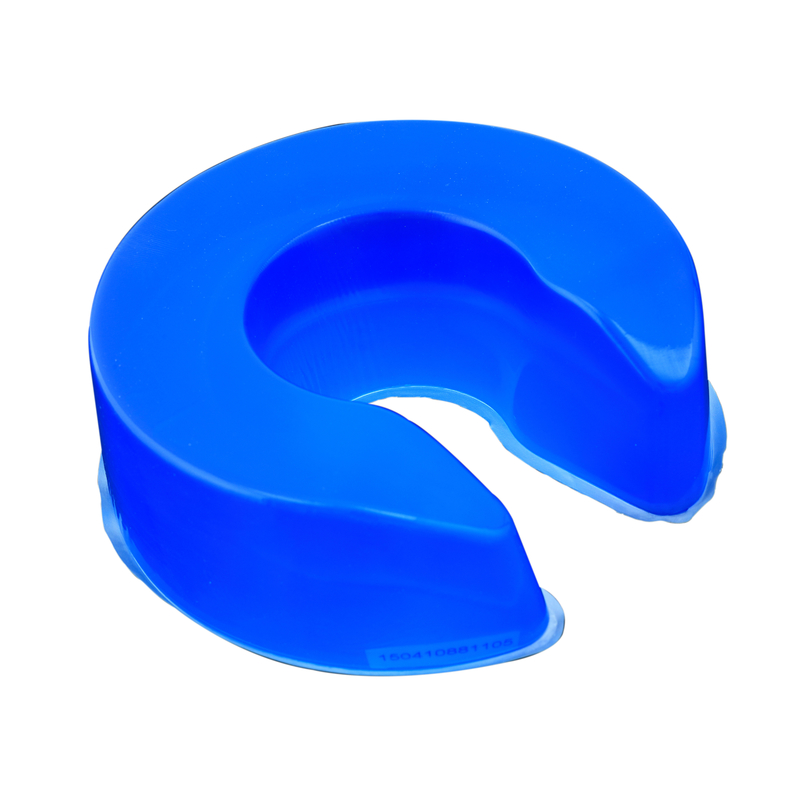Making upgrades to a rented space can be challenging. Often, either your lease will prevent you from making permanent changes, or you don’t necessarily want to invest a lot in a home you don’t own. Peel-and-stick molding has become a trendy way to add character and personality to an apartment without breaking the bank—or your lease agreement. Here’s how to install it, and what to know before you do.
Peel-and-stick trim comes in flexible materials like foam or vinyl. It usually comes in a roll, just like tape, and it works in much the same way. Since it’s flexible, it will adhere to curves or uneven wall surfaces. It comes in a variety of types from crown molding to baseboards. You can also find self-adhesive edging for backsplashes and similar tile transitions that come in metallics. Nearly any type of millwork has a self-stick counterpart these days. Polyurethane Casting Machine

To begin any self-stick project, the first thing you need to do is measure your space. If you’re installing some box-frame molding or just adding some trim around a window, make sure to measure the dimensions of your intended space before you start looking at your options. This will give you an idea of how many linear feet of molding you will need total.
Tools you will need are:
A sponge and bucket with soapy water
It will also help to have a combination square or a speed square to cut 45 degree angles to make it around corners. A level will also help you to stick your molding on in a straight line.
You should begin by thoroughly scrubbing and drying the wall you want to stick your molding to to get a good seal. Self-stick molding will work best on a non-textured surface because any bumps will transfer to the flexible surface of your trim and, as a result, make it look lumpy. Once you have the surface set up, you can mark out where you want to put your molding and stick it on—use some painter’s tape to hold it up before peeling the backing and sticking it on to help visualize the final placement before you commit. It can be difficult to undo and re-stick molding once it’s been stuck, so getting the right placement the first time will save you aggravation (and extra rolls of trim).
Once your molding is stuck, you can caulk the seams for a clean result. Use paintable acrylic caulk and a finishing kit to fill in corners and splices in your molding to make it look more smooth and professional. Once your molding is patched, you can paint it to match your walls.
Self-stick molding isn’t made to be permanent. If you’re going for a lasting result, you should opt for traditional molding instead. Conversely, peel-and-stick molding can damage your walls. Depending on the type of glue it uses, as well as the condition of the walls you’re sticking it to, it might take some paint off of the wall, or even a little bit of the wallboard surface, and it can leave behind some glue. While scrubbing, sanding and repainting the wall might be in your wheelhouse down the road, if it’s not, you should probably avoid it. Also, check your lease agreement to make sure this type of product is allowed so you don’t lose your security deposit when you move out and leave the molding behind.
Lifehacker has been a go-to source of tech help and life advice since 2005. Our mission is to offer reliable tech help and credible, practical, science-based life advice to help you live better.
© 2001-2024 Ziff Davis, LLC., A ZIFF DAVIS COMPANY. ALL RIGHTS RESERVED.
Lifehacker is a federally registered trademark of Ziff Davis and may not be used by third parties without explicit permission. The display of third-party trademarks and trade names on this site does not necessarily indicate any affiliation or the endorsement of Lifehacker. If you click an affiliate link and buy a product or service, we may be paid a fee by that merchant.

Foam In Place Packaging Lifehacker supports Group Black and its mission to increase greater diversity in media voices and media ownerships.